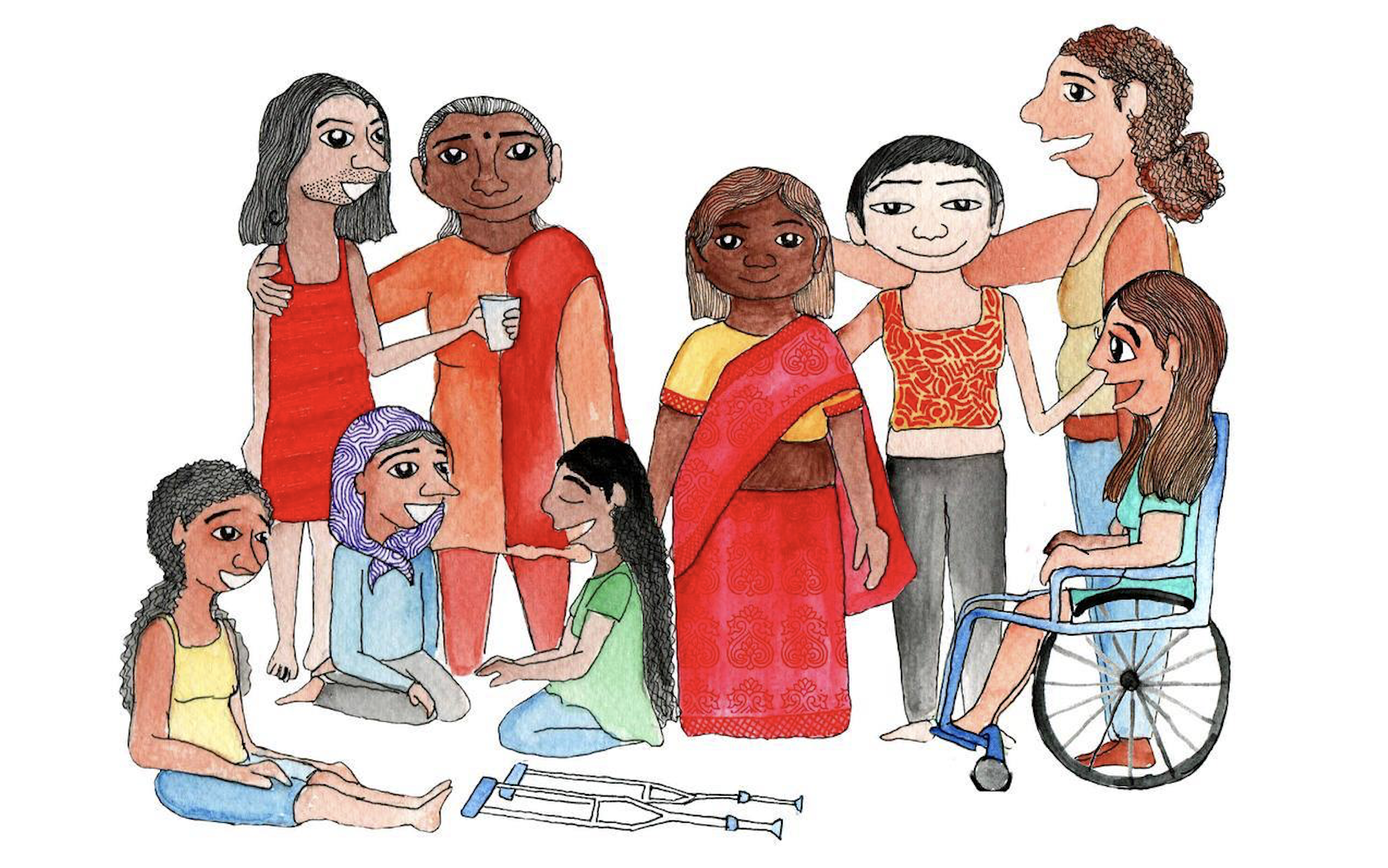An Essay on Intersectional Feminism
It's been a while. But today is International Women's Day, and Captain Marvel came out here (it's fantastic), so I'd like to share a short essay I've written on Intersectional Feminism for one of my earlier assignments.

It's been a while. But today is International Women's Day, and Captain Marvel came out here (it's fantastic), so I'd like to share a short essay I've written on Intersectional Feminism for one of my earlier assignments.
Feminism can be boiled down to the simple act of believing in equal rights for all. It’s a crucial movement, especially in this day and age, wherein sexism and misogyny is rampant. Women face resistance when it comes to having basic equal rights. Sexual harassment of women is grossly underreported. We are objectified, misbehaved with ... seen as lesser beings. Regardless, one thing that remains true is the fact that women across the globe are fighting their own battles, even when all the odds are stacked against them. It becomes crucial to note that not everyone faces the same type of prejudice, and therein lies the core of intersectional feminism.
Although the ideology existed at least since 1851, the term ‘intersectionality’ was coined by Kimberlé Williams Crenshaw, an American scholar who specialises in race and gender issues in 1989. Her work was absolutely crucial to the development of intersectional feminism.
There are many factors which influence discrimination: including, but not limited to, race, ethnicity, caste, sexual orientation, disability, religion, gender, etc. Intersectionality, as the name suggests, is the analysis of the interlocking aspects of marginalisation in society. It suggests that specific prejudices are not mutually exclusive of each other, and that people who are subjected to prejudice often experience a combination of various overlapping factors.
In layman’s terms, feminism cannot be ‘one-size-fits-all’. My idea of feminism, as an educated bisexual woman in an urban, coloured third world country is not the same as a woman in a rural area. Whilst I fight for sexual freedom, that woman is fighting for the right to education. In contrast, a woman of colour in a first world country will face a different sort of discrimination than a queer person in a country that condemns homosexuality.
In the same vein, intersectional feminism also tackles the idea that taking down institutionalised patriarchy is the endgame. Intersectional feminists argue that feminism is no longer just concerned with male privilege, and looks at the larger picture: taking into account the various overlapping factors that cause discrimination in our society. For this very reason, ‘patriarchy’ as an umbrella term is simply outdated in its understanding of feminism. Coined by Elisabeth Schussler Fiorenza, the word ‘kyriarchy’ (which refers to the social system that keeps all intersecting oppressions in place), is a more appropriate and fitting term for what intersectionality stands for.
Whilst being a global concept, it is especially relevant in Indian culture. The feminist discourse in India revolves around urban women stuck with traditionalist roles; it talks about rape culture, glass ceilings, socialisation, etc. It is undeniably more in touch with the educated, privileged-yet-discriminated- against Indian woman. What it fails to look at, unfortunately, is the struggles of the women whose realities do not match ours. Unbeknownst to us, it fails to look at the full spectrum of womanhood, and therefore becomes part of a greater system of oppression.
As citizens of this country, I personally believe that it is all our jobs to fight the good fight. To stand together and bring down the ancient, regressive social constructs which hold all minorities back.
To put it simply:
Empathise.
Educate.
Empower.
Artwork by Harini Rajagopalan
